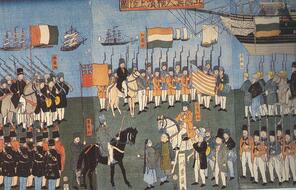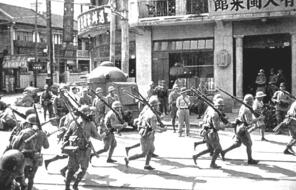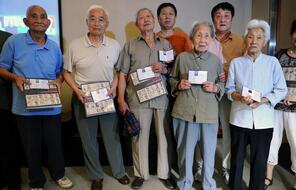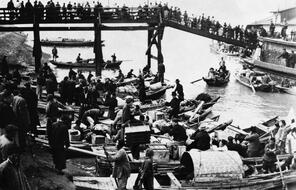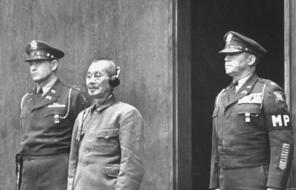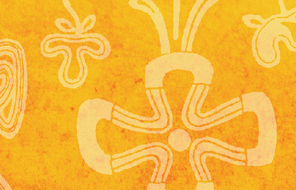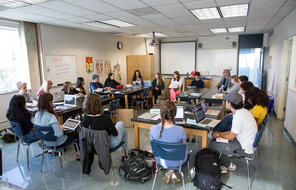
Teaching the Nanjing Atrocities
Resources
5Duration
Multiple weeksSubject
- History
Grade
9–12Language
English — USPublished
Overview
About This Unit
This unit draws upon and adapts resources from the book The Nanjing Atrocities: Crimes of War and its related media collection. This unit consists of five lessons designed to lead high school students through an examination of the war crimes perpetrated by Japanese troops in the Chinese city of Nanjing during World War II.
Focusing on the historical context for the atrocities committed in Nanjing, the unit also incorporates elements of the Facing History & Ourselves scope and sequence. Students bear witness to the event through the voices of Nanjing survivors, reflect on the consequences of human action and inaction during times of crisis, and consider how to achieve justice and reconciliation in the aftermath of atrocities.
Above all, the five lessons in this unit stress an appreciation of the dangers of unchecked nationalism and militarism. By examining what happens when a nation fosters a climate of superiority, intolerance, and dehumanization, students will gain a deeper understanding of the Nanjing atrocities and the events of World War II in East Asia.
Preparing to Teach
A Note to Teachers
Before you teach this lesson, please review the following guidance to tailor this lesson to your students’ contexts and needs.
Lesson Plans
Unlimited Access to Learning. More Added Every Month.
Facing History & Ourselves is designed for educators who want to help students explore identity, think critically, grow emotionally, act ethically, and participate in civic life. It’s hard work, so we’ve developed some go-to professional learning opportunities to help you along the way.
Exploring ELA Text Selection with Julia Torres
On-Demand

Working for Justice, Equity and Civic Agency in Our Schools: A Conversation with Clint Smith
On-Demand

Centering Student Voices to Build Community and Agency
On-Demand


